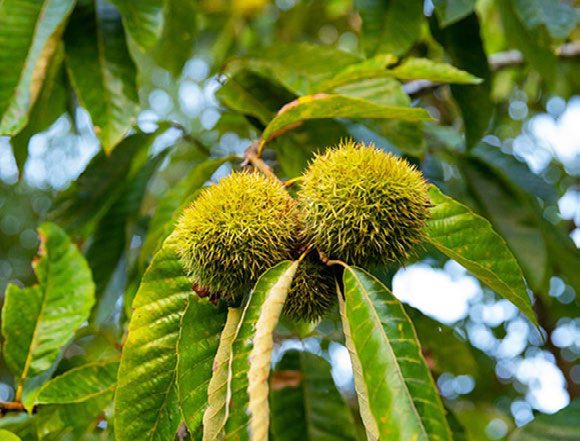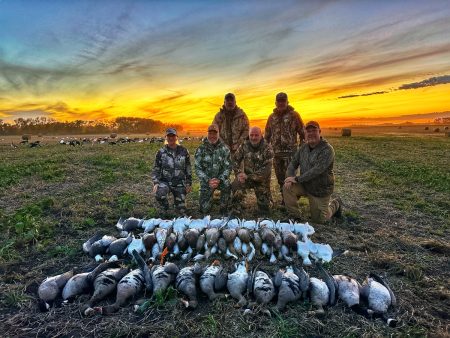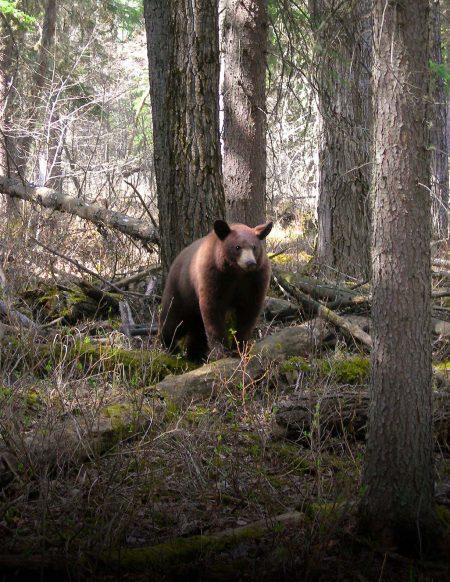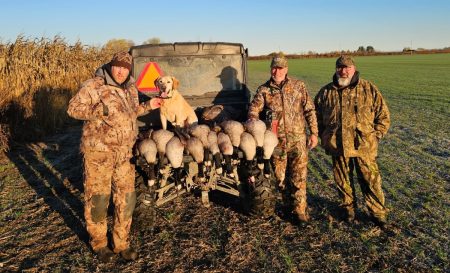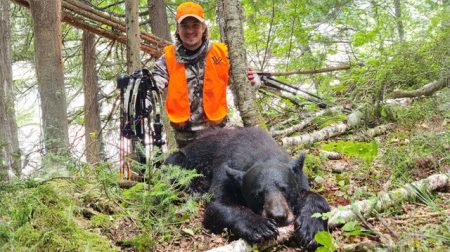This once was a staple in the whitetail’s diet. Someday, it will be again.
Once upon a time, the American chestnut tree dominated the American landscape. It was home to the eastern states, and it provided a lot of hard mast for man and animal alike. Humans, deer, and countless other animals benefitted from this staple food source. Of course, it was also used for lumber due to its impeccable resistance to rotting.
Because of its incredible value to humans and wildlife, the loss of it came as a terrible tragedy. In 1904, a blight from Asia called Cryphonectria arrived in America via a port in New York. Eventually, all American chestnut trees succumbed to it. Approximately 30 million acres of chestnut timberland was lost.
For whitetails and other animals, the sudden loss of food source sent shockwaves through the nation. Each fall, whitetails relied heavily on chestnuts. It was a major element of their diet. Losing it in such a big, fast way left a void that was difficult to deal with.
Of course, American chestnut trees still exist in the soil bank. You might even occasionally see a small American chestnut sapling. But it won’t live long. Sooner rather than later, the blight comes for it. It won’t survive.
Fortunately, about 50 yards after the blight’s arrival, scientists discovered a living American chestnut tree. Eventually, they crossed it with the Chinese chestnut tree, which is resistant to the blight originating out of Asia. After decades of work, we now have an American-Chinese chestnut hybrid that does not succumb to the blight. This new variety is 98% American chestnut, effectively retaining much of its true, original self.

Attractiveness to Wildlife
It’s no secret that whitetails would target chestnuts, given the chance. Chestnut Hill CEO and Co-Owner Ian Wallace says that wildlife naturally seek out these trees, especially deer. Incredibly, chestnuts are preferred over all other hard mast trees, including white oaks.
If consumed at high levels, Wallace says too much tannic acid can actually negatively impact gut biome. Because of this, chestnuts are healthier and more attractive food sources for wildlife.
Of course, chestnuts are sweet due to low levels of tannin. (This is the same reason deer prefer white oak acorns over red oak acorns.) But they also offer good nutrition. These are rich in carbs and protein. It’s even highly digestible. This helps deer and other animals to pack on weight and fat stores leading into winter.
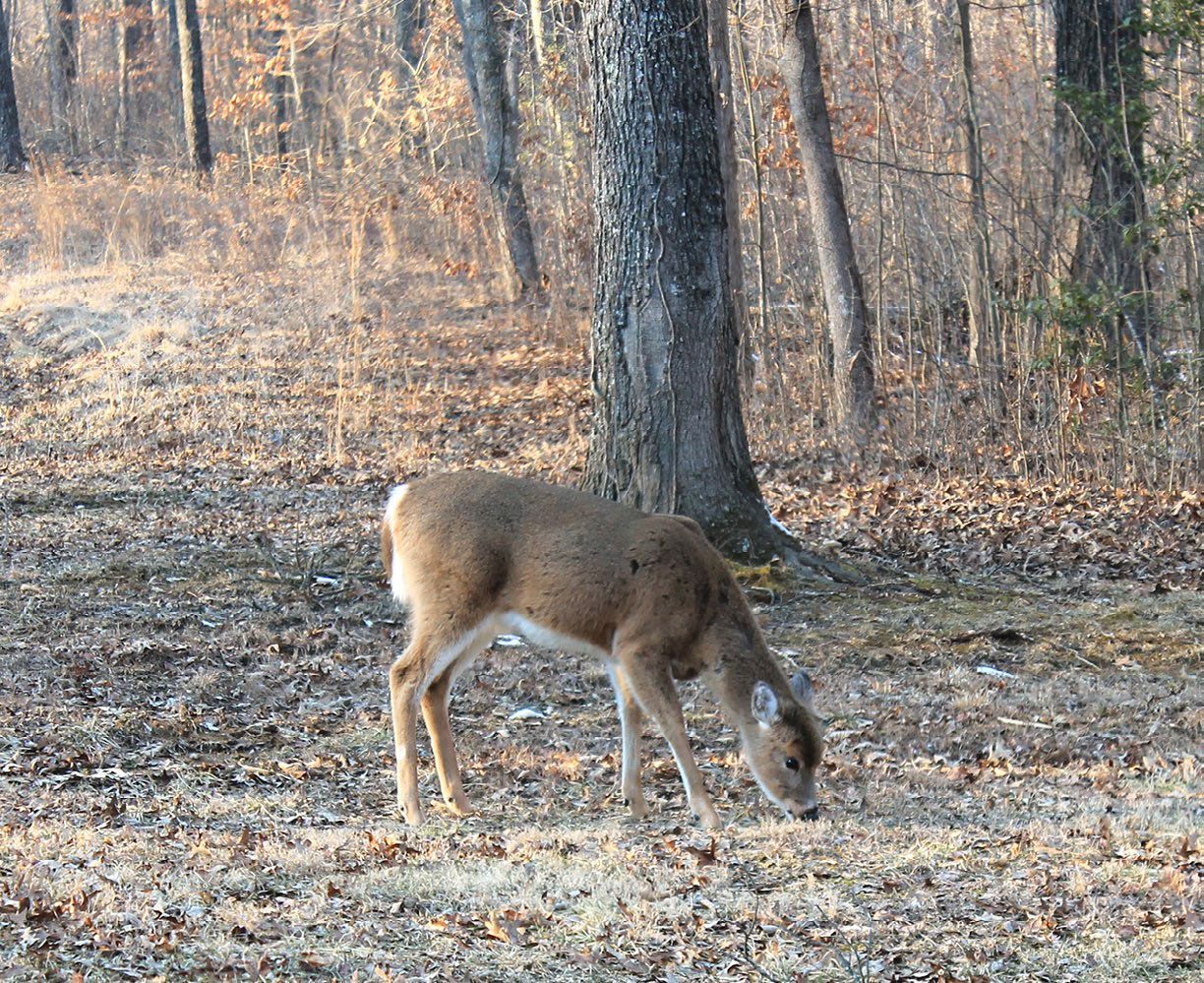
Planting Chestnut Trees
While there are numerous businesses that sell blight-resistant chestnut trees to the public, one option stands out. Chestnut Hill sells the Dunstan Chestnut tree. Land managers can choose from 1-year-old or 1 ½-year-old saplings. The former is $32.95 per tree and the latter is $37.95 per tree. Visit Chestnut Hill Outdoors (https://chestnuthilloutdoors.com/shop/dunstan-chestnut/) for more info on planting zones, ideal planting conditions, and more.
Those who plan to implement chestnut trees on their property should do so in early October through late November. Geographic location impacts the best planting window, so determine that for your specific region.
Regarding soil types, chestnuts perform best in sandy to loamy ground. Optimal pH is 5.5-6.5. Plant in well-drained areas. In ideal conditions, trees grow up to 60 feet tall and 40 feet wide.
Of course, chestnut trees require a pollinator, so plant multiple trees in each planting area. Once established, Dunstan chestnut trees can produce mast in as few as three years, but five is more likely. In less optimal settings, it might take up to six or seven years. Then, once trees reach 10 years of age, they really crank out the chestnuts.
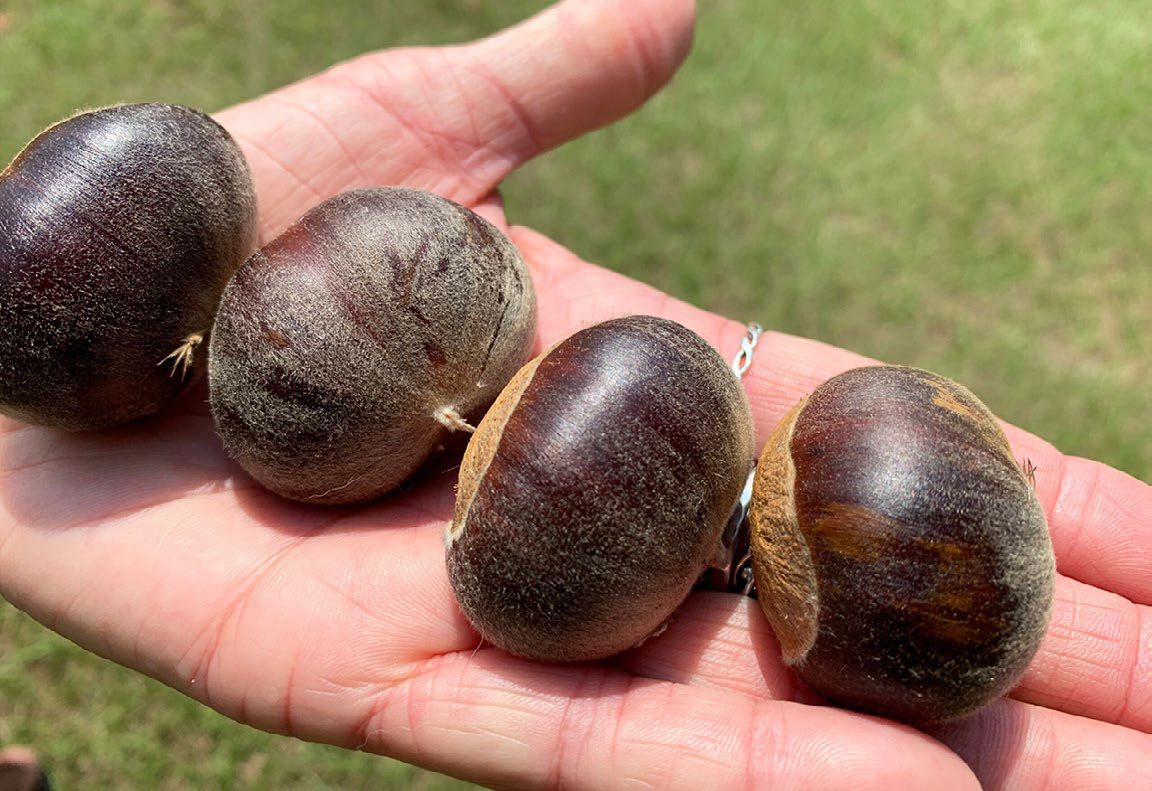
In comparison, many oaks require up to 15-20 years of growth before producing acorns. So, not only are chestnuts superior food but also start producing it much sooner. Additionally, chestnuts produce every year. Barring a failure, white oaks do, too. But red oaks produce every two years.
Another benefit? Chestnuts produce their flower later in spring. This makes them less likely to succumb to a freeze. In contrast, oaks flower earlier and are much more likely to get hit by the cold, leading to a mast crop reduction or failure. It can even lead to skipped years.
Once chestnuts 10 years of age, these trees can drop up to 100 pounds of mast per year. Generally, these fall in September and October, which is ideal for early archery seasons.
Clearly, the blight-resistant chestnut is the superior tree, even to the almighty white oak. While it might be difficult for hunters and land managers to switch out of the old mindset that the white oak is the best tree for whitetails, it’s time to do so. The chestnut tree is back, and someday, if reintroduced at a scale that it deserves, it’ll be the premier whitetail tree once again.

KNOWING YOUR OAK TREES
Hunters can’t and shouldn’t give up on the oak just because the chestnut is coming back. The oak is still a vital part of a deer’s diet, and always will be. While oaks are relatively low in protein (only 6-8%), they are high in carbs (about 45%) and fats (about 55%). These are the things deer need to make it through the cold winter months.
So, know your oak trees, and be able to identify the white and red oak varieties on your hunting properties. Some of the most common family members are:
Red Oaks: Black, cherry bark, live, nuttall, pin, northern red, sawtooth, scarlet, shingle, Shumard, water, and willow oak.
White Oaks: Bur, chinquapin, overcup, post, swamp chestnut, swamp white, and white oak.
ID Oak Trees
Those who hope to know if a tree is a red or white oak should learn how to identify the differences between the two. Even if you don’t know the exact variety, with this knowledge, you can at least designate it as a member of the red or white oak family.
Start with the leaves. Most white oak species have rounded lobes. They do not have spines at the tips of the leaves. Most red oak species have leaves with pointed lobes including spines at the tips.
If leaves aren’t on, look at the bark. White oaks tend to have rough, light-colored bark, which remains rough throughout the tree. Comparatively, red oaks have darker, smoother bark, which tends to get smoother up the tree.
Finally, the acorn provides clues, too. White oak acorns are usually smaller and circular. Red oak acorns are generally larger and more oblong. This isn’t true for every subspecies of oak, though.
Per our affiliate disclosure, we may earn revenue from the products available on this page. To learn more about how we test gear, click here.






